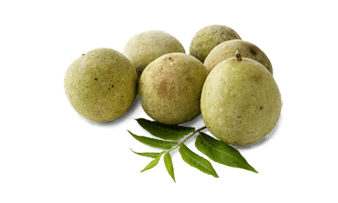The Future for Black Walnuts

While primarily harvested by hand, in order to continue to meet the demand, the supply has to be there and relying on a wild crop can be inconsistent. The continued growth of the Black Walnut industry depends on the willingness of bold landowners to invest in nut orchards for long-term economic gain. The key to this growth is planting grafted trees from improved cultivars (tree varieties meant for harvesting nuts) and managing those trees specifically for Black Walnut production.
To help ensure the profitability of Black Walnut orchards for independent landowners, Hammons Products Company is currently working with the University of Missouri Center for Agroforestry, the Missouri Nut Growers Association, USDA Forest Service, Forrest Keeling Nursery, and other public and private organizations.

